







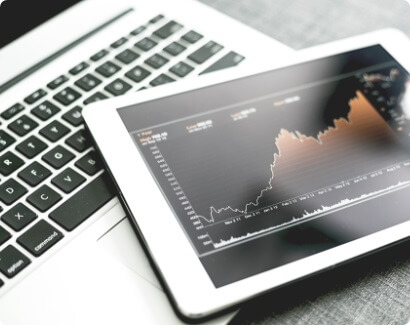





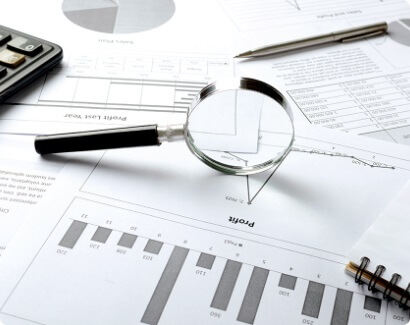
Contrary to what hotshot executives working at Wall Street, Canary Wharf or Hong Kong lead us to believe; it doesn’t require any kind of exclusive or specialised academic education to invest in the financial markets. Believe it or not, but most traders at hedge funds and asset management firms learn on the job. Think about it; have you ever seen a university advertising a degree in forex trading?
That doesn’t mean to say there is nothing to learn about trading forex and investing in financial markets; far from it. Anyone with the right temperament and determination can become an effective and successful trader.
Although there is much to learn about trading and investing, this guide should serve as an introduction to the wide world of financial markets and investing online.
Introduction to The Financial Market
The term financial market is incredibly broad and casts a wide net over any securities and derivatives (we’ll explain what those two words mean below) that are traded in an open market.
The category financial market covers everything from foreign currencies traded in the forex market, stocks that are traded on stock exchanges, various commodities like oil, wheat and copper that are traded on commodity exchanges, several types of derivatives and the list goes on, and on.
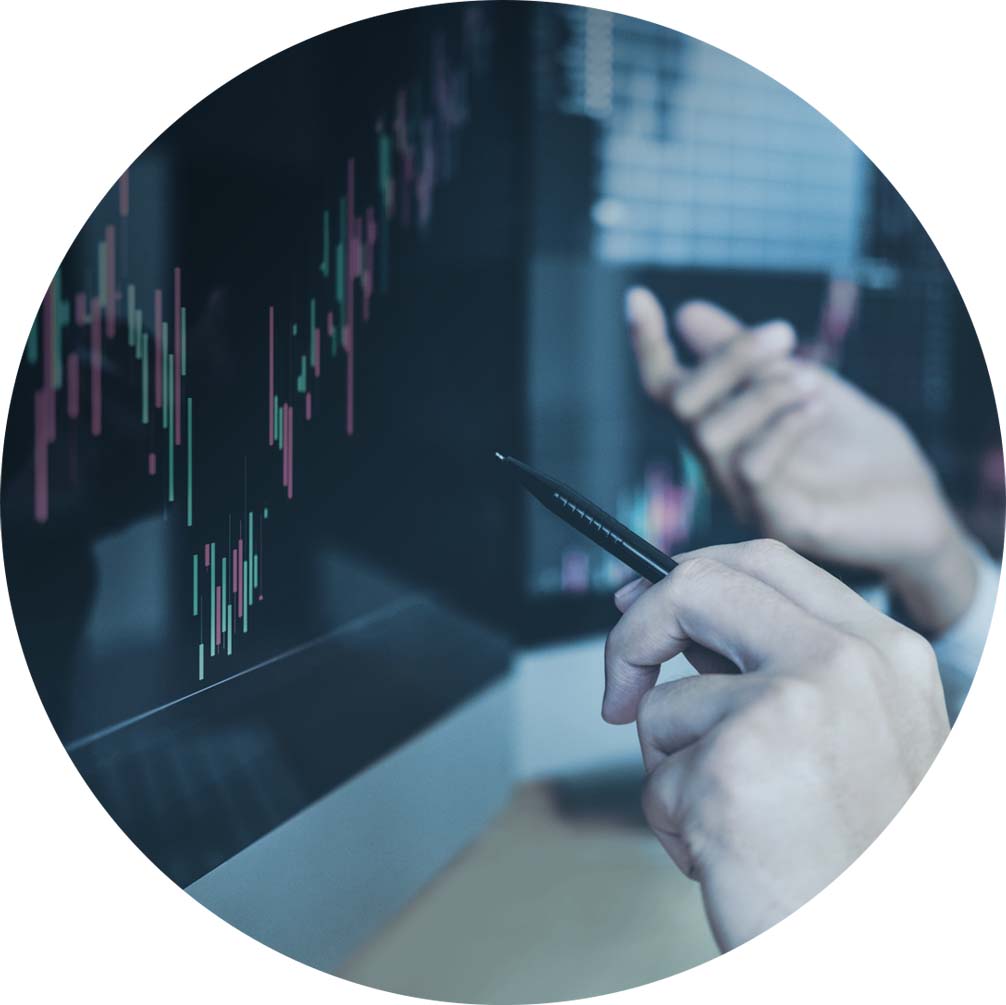
What is a Security?
In finance, a security is a financial asset which can be owned, has value and can be traded on an exchange. For example, stocks are considered securities. People or companies can purchase the shares of a publicly listed company, and they can be sold to others in private agreements or on the open market.
Financial securities are often called financial instruments because they are an instrument of trade. One of the most practical characteristics of a security is for them to be fungible. A fungible stock would mean that 1 AAPL share is equal to 1 AAPL share and that newer AAPL shares should not be worth more than older ones if they are purchased or sold at the same time.
The most common type of securities the general public own and trade are stocks, currencies and commodities such as gold.
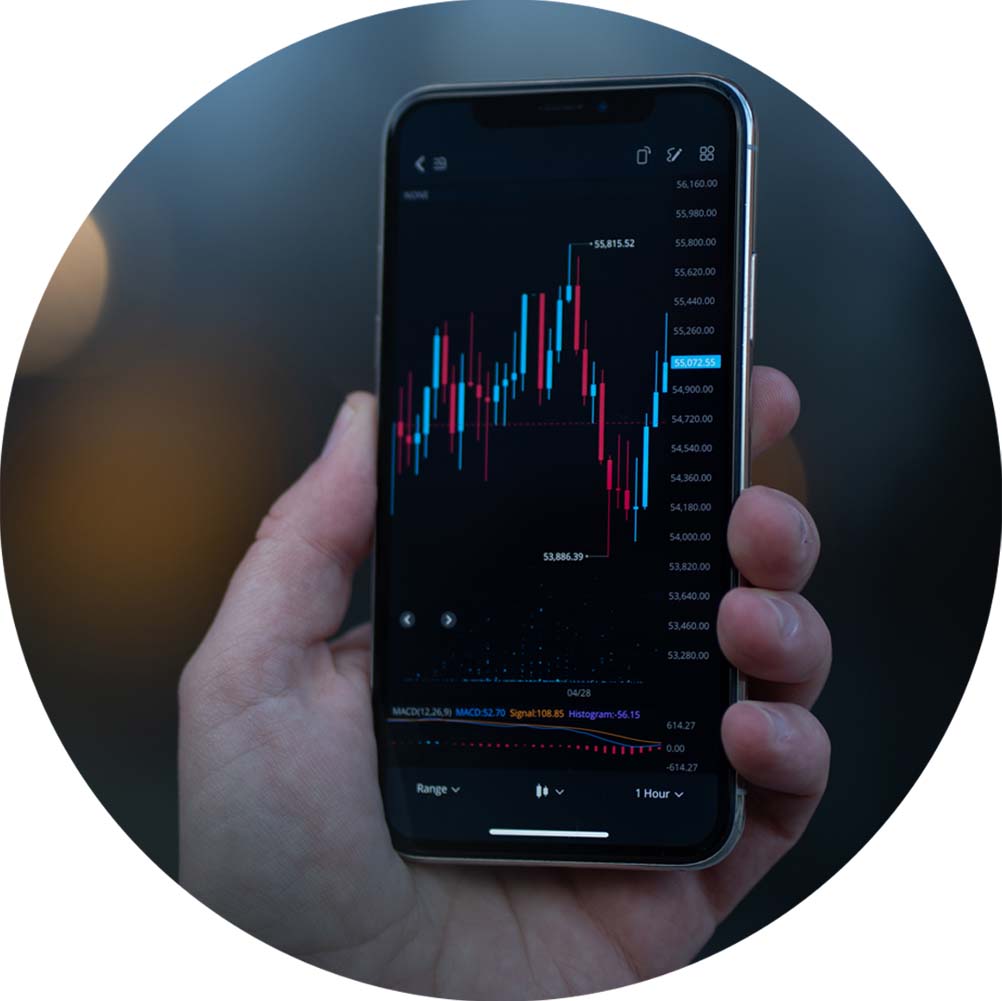
What is a Derivative Derivative?
A derivative is a contract between two parties which derives its price from an underlying security. Derivatives come in different formats and have slightly different features, but they all have a similar function in the financial markets, particularly when it comes to hedging risks.
A derivative allows two parties to theoretically trade securities, without having to physically exchange them. That might sound counterintuitive, but this process does serve an important role. Transferring stocks or transporting commodities can be time consuming and expensive.
Here is an example of how a company can benefit from hedging with a derivative.
hypothetical Example #1
Let’s say a retail company in the UK is doing business in New Zealand, this company is collecting revenues in New Zealand dollars but has to pay the costs of goods and services in British pounds. It would be expensive and administratively challenging for the company to convert NZD into GBP each time they received payment, so they probably do monthly conversions and send the GBP back to the UK to pay rent, salaries and dividends to owners. The price of GBP/NZD can fluctuate quite a lot during a single month.
If the company knows it expects to earn NZ$1,000,000 by the end of the month but cannot guarantee what it will be worth in GBP, the company can make a contract with a bank or broker using a derivative contract. The company doesn’t physically need New Zealand dollars since it expects to collect one million by the end of the month.
Using a derivative contract allows the company to theoretically sell one million New Zealand dollars for British pounds at a fixed rate with a broker at the start of the month. No matter what happens during the month, the company’s exposure is hedged and protected from any risk of the exchange rate going up or down. Even though the New Zealand dollar can weaken against the pound and result in more pounds at the end of the month, that would be a gamble, which the company would like to avoid.
If a company wishes to hedge risk, instead of physically buying or selling assets, they can rely on different types of derivatives to achieve this. The most commonly used derivative contracts include futures, swaps, options and contracts-for-difference, also known as CFDs.
We’ll talk more about CFDs further into this guide.
What is The Security Difference Between
Trading & Investing?
Trading and investing are techniques for buying and selling financial instruments. Often, the verbs trading and investing are used interchangeably without considering that each word refers to a specific activity.
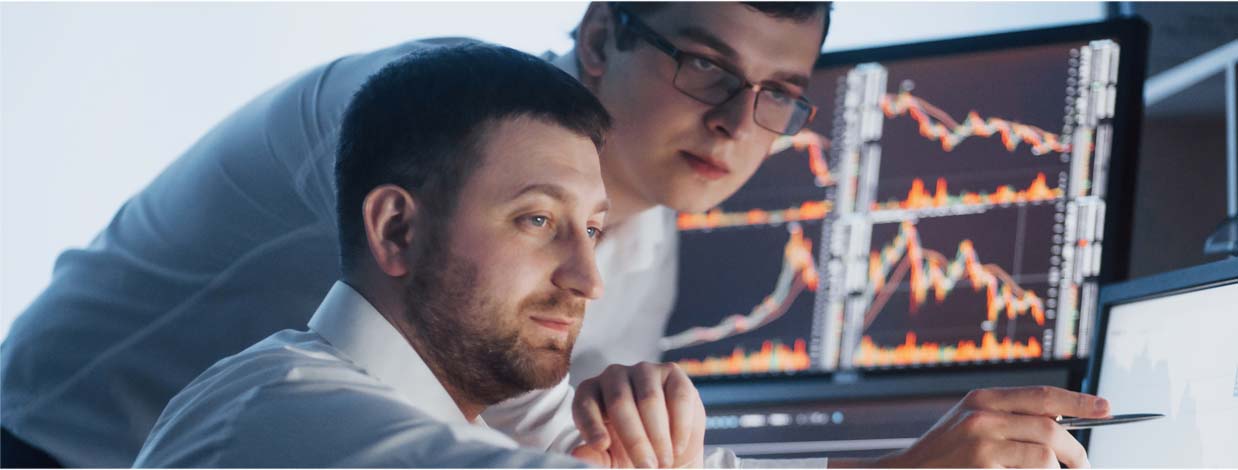
What is Investing?
Investing is broadly defined as allocating money to an endeavour. The endeavour you invest in could be starting a new business, buying stocks, purchasing property or trading forex. All of these activities are technically investing.
However, investing in financial markets is considered to be a passive form of speculating on the price of financial assets. For example, buying shares in a company and holding them for several years is not considered trading. Yet, those shares were purchased with an expectation they would appreciate and be able to make a profit.
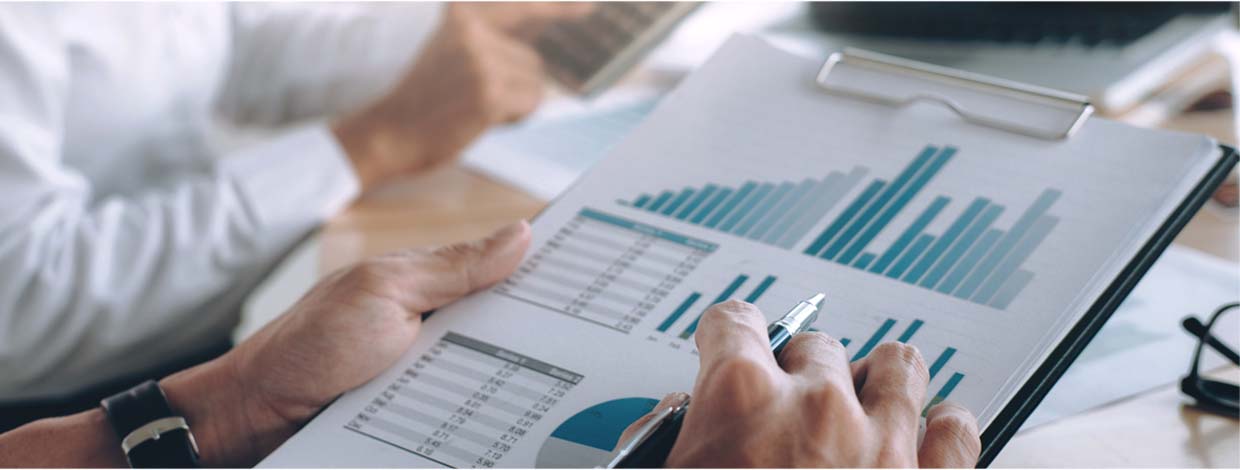
What is Trading?
Trading entails a proactive approach when it comes to speculating on financial markets. There are a variety of successful trading strategies out there, one thing they all have in common, is that traders aim to make profits from short term price movements by placing multiple trades per day.
This style of trading is regularly referred to as day trading. By following a short term trading technique, traders are capable of earning more than investors who simply buy and hold investments. However, there is more opportunity for mistakes to happen in day trading strategies.
How To Trade Forex?
When new traders hear about forex trading, their mind naturally drifts to the idea of exchanging banknotes at a bureau-de-change or a currency exchange kiosk at an airport, shopping centre, city centre or at the bank. While this is technically forex, i.e. foreign exchange, it’s not the same as what we do here at Trade Markets.

What we do at Trade Markets is offer a platform to speculate on currency exchange rates with a type of derivative known as a contract for difference (CFD). When you open a position with a forex broker, they offer the ability to speculate on price movements without ever delivering physical money, either in the form of cash or electronic money (i.e. to your bank account). That statement may raise more questions than it answers, so let’s continue to explain what forex trading is and how it's possible to trade currencies that you never actually own.
In order to trade forex, you need a broker (that’s Trade Markets), a trading platform (we’ve got a great platform you can use) and some money (never risk more than you can afford to lose).
Once you have those three things, you can open positions in the forex market. A position is a contract to buy and then to sell and vice versa, without having an obligation to settle the trade physically. A contract-for-difference is always made up of two components; an opening deal and a closing deal. The purpose of this type of transaction is that it makes it far easier to speculate on various securities without ever having to take physical ownership of them.
Here is a hypothetical example of what a forex trade will look like;
hypothetical Example #2
A trader funds their Trade Markets trading account with 1,000 USD and chooses to have a leverage setting of 1:30, which means the trader only needs to provide a 3.33% margin for any trade they make.
The current price of the currency pair EUR/USD is 1.18150. The trader’s technical analysis determines the currency pair will break out into an uptrend and reach the price 1.18800. The trader enters a long position and sets a take-profit target of 1.18750, just below the target price to increase the likelihood of the take-profit from getting hit, if the analysis is correct.
If the entry price is 1.18150 and the take-profit price is 1.18750, that would be a gain of 60 pips.
The trader follows a strict risk management strategy whereby they never risk more than two per cent of their account balance, which in this example is $20 and also stick to a 1:3 risk-to-reward policy. Therefore the trader sets a stop-loss at 1.17950. The trader has set a reward of 60 pips and a risk of 20 pips.
If the trader opens a position for 10,000 EUR/USD, they stand to make a profit of $60 or a loss of $20 according to this trade set up.
To make this trade, the trader needed to make an opening deal to purchase the 10,000 EUR for 11,815 USD, with 1:30 leverage, the account will have $395.83 reserved, this is the margin required to open the position. To close the position, the trader will need to make a deal to sell the 10,000 EUR back to USD.
Let’s say, the stop-loss was hit, and that triggered the closing deal. The 10,000 EUR would be sold at a rate of 1.17950, and therefore 11,795 USD would be settled, which results in a net loss of $20.
To summarise all of the above:
1. The trader bought 10,000 EUR for 11,8150 USD
2. If the trader were profitable, they would have sold the 10,000 EUR for 11,875 USD (+$60).
3. If the trader were not profitable, they would have sold the 10,000 EUR for 11,795 USD (-$20).
In the section on forex trading above, we briefly touched on what a CFD is. It is a contract for difference, where you enter into an agreement with a counterparty based on the prices of a financial instrument. The contract is not for the underlying product itself, but for the liability for it. When you enter into a CFD, you are speculating on the price difference between when the contract begins and when it closes, i.e., the opening and closing prices.
Forex is traded as CFDs. The example used earlier to describe a forex trade was, in fact, a CFD trade. The term forex clearly defines which financial markets are involved in a CFD trade. However, in theory, any financial market can be traded in the form of a CFD, and many of them are traded as such. At Trade Markets, we offer CFD products on commodities such as gold, silver and energy products, stock market indices such as the Dow Jones 30 and NASDAQ 100, cryptocurrencies such as Bitcoin and Ethereum, and more.
A CFD instrument is made up of a base asset and a quote asset. In the case of a forex CFD trade on EUR/USD, the based asset is euro and the quote asset in US dollars.
For a CFD trade on gold (XAU/USD), the base asset is gold and the quote asset in US dollars.
* Risk Warning: Trading in forex and CFDs could lead to a loss of your invested capital.

Basic Forex Terminology
Before you continue your learning journey into the world of financial markets, there is some jargon to familiarise yourself with first.
When a trader says they are going Long, it means they want to buy the base asset in a CFD trade. If you go Long 1,000 EUR/USD, it means you are buying euros and expect the value of the euro to appreciate against the dollar.
When a trader says they are going Short, it means they want to sell the base asset in a CFD trade. If you go Short 1,000 USD/JPY, it means you are selling dollars and expect the value of the dollar to fall against the yen.
An Order is an instruction to buy or sell an instrument. Consider it like a request or an expression of intent. Even though you submit an order, it could be cancelled, rejected or fulfilled.
A Position is an open trade that is an exposure to the market and is subject to profit and loss. At some point, a Position will need to be closed.
When you trade almost any financial product, there is a difference between the buy and sell prices, also known as the bid and ask price. The difference between the bid and ask price is called the Spread. The ask price is always greater than the bid prices. It sounds great the buy price is lower than the sell price, right? Confusingly, the terms buy and sell need to be inverted to make sense of them. The bid price is what others are willing to buy from you at, and the ask price is what others are willing to sell to you fat. The further away these two prices are, the further away you are from becoming profitable on your CFD trade.